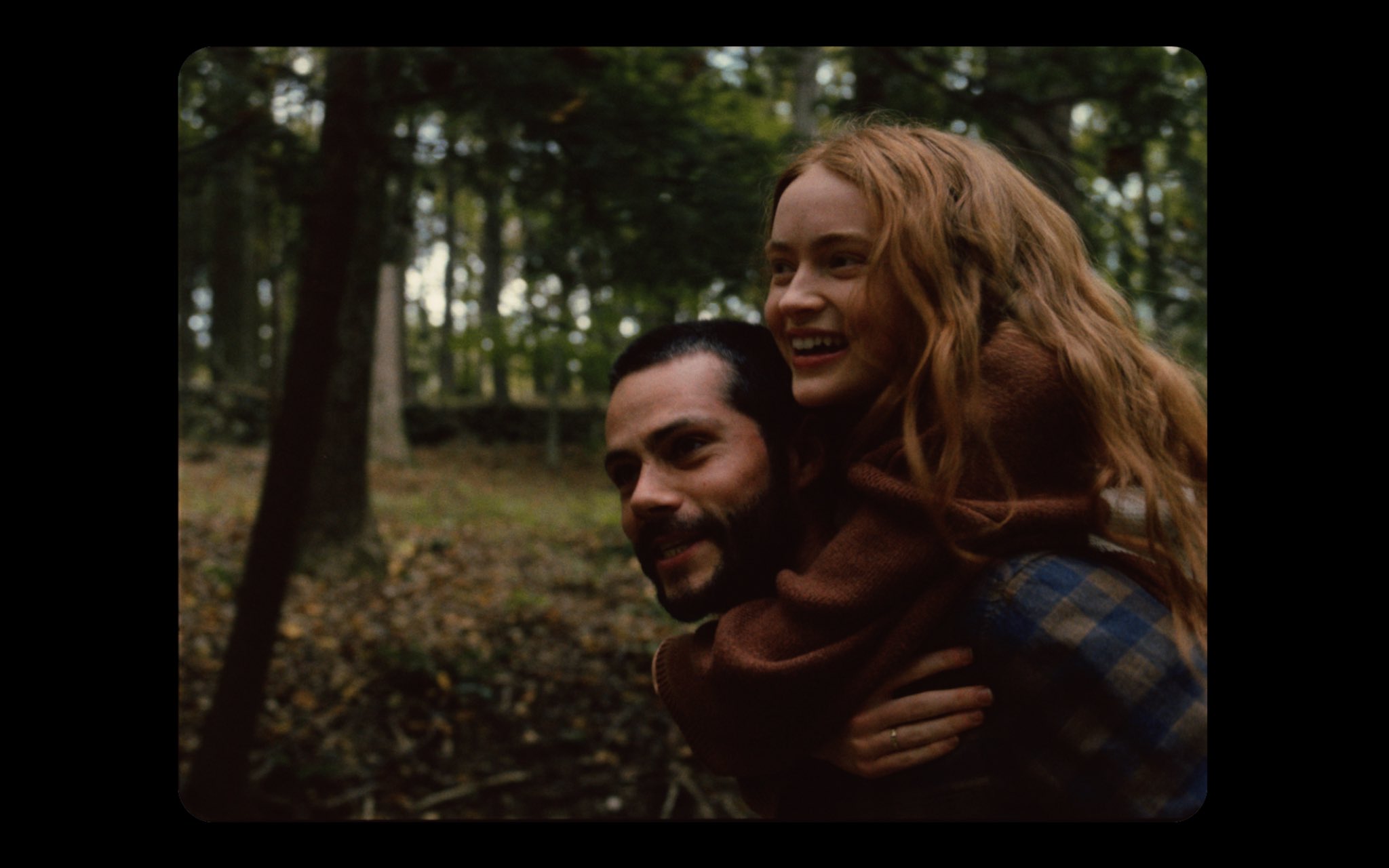Taylor Swift has written and directed a short film, All Too Well: The Short Film, inspired by the 10-minute version of All Too Well from her latest re-released album. Starring Sadie Sink, Dylan O’Brien and Swift herself, the 14-minute film narrates a couple’s relationship through narrative chapters (an upstate escape, the first crack in the glass, are you real?, the breaking point, the reeling, the remembering, thirteen years gone). The film begins by showing us the couple’s bliss, before quickly displaying the ‘cracks’ in the relationship, including an intense fight in the kitchen. What follows is the breakup and suffering, culminating with the woman’s future as an author (Swift) writing about her experience – an ode to Swift’s own career and connection with her fans – and her ex-lover still wearing her scarf.
The 10-minute song plays as the film progresses. Sink and O’Brien shine in their acting, succeeding to convey emotions through mostly facial expressions. Swift exhibits a great attention to details, as every decision is part of a bigger picture; for example, Sink wearing O’Brien’s old shirt after the breakup. Swift’s direction immerses us in the relationship, giving deeper meaning to colour contrasts. Specifically, different colour schemes are used to represent stages of the relationship and to separate characters’ emotions: beginning with vibrant, golden light, the film’s lighting quickly switches to incorporate colder settings as it dives into the couple’s downfall, a relationship perhaps doomed from the start. Particularly relevant is the scene of Sink and O’Brien dancing in the refrigerator light: warm light shines on her while there is cold lighting on him, embodying the characters’ different levels of commitment.
The film is aided by the song in a literal sense, with scenes manifesting the song’s lyrics just as they are sung. For the film to work and its message to be received, the song must be incorporated; therefore, the piece feels more like a long music video, and it would perhaps be redundant to call it a short film.
Relevant for the film’s message is the casting of Sink (19) and O’Brien (30), whose age difference closely resembles the original relationship behind All Too Well. It is not the age difference itself that is relevant but rather what stands behind it. The contrast between O’Brien and Sink makes viewers uncomfortable to see them kiss, especially as these scenes are often presented through close-ups. Through this decision, Swift purposefully critiques the way she was treated in the media, when often she was the victim of gaslighting and manipulation by older partners. The film exhibits this aspect as the characters fight in the kitchen, the only scene of the film with no music. This detail makes us think carefully about what is happening and forcibly witness the gaslighting O’Brien’s character inflicts on Sink’s. The scene explores the power imbalance between the two, and partly resembles the intensity encountered in Noah Baumbach’s Marriage Story.
With her directorial debut, Swift shows her ability to create outside the sphere of song-writing. Devoted to her craft, she’s given fans a visual representation of the song and shown a different side to the story. A meaningful work, All Too Well: The Short Film follows the parameters of a music video rather than a film but still displays Swift’s capability for experimenting with different forms of media.
Image Credit: Saul Projects, Taylor Swift Productions, PolyGram Entertainment, Republic Records, and Universal Pictures

